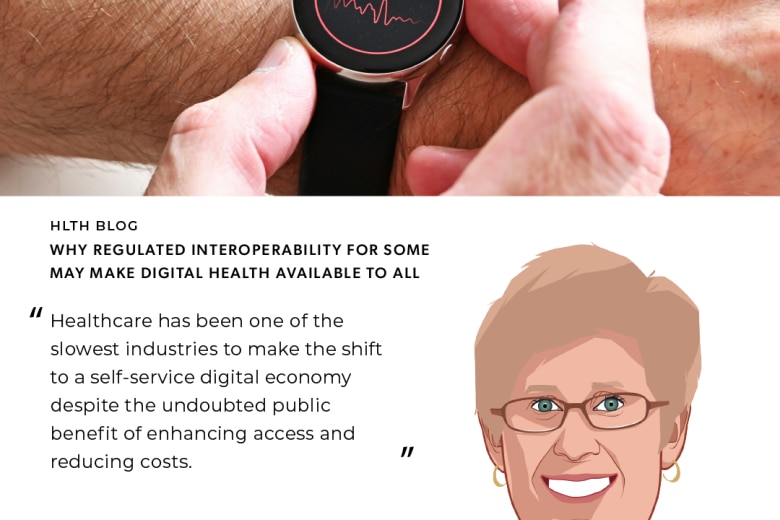During a recent family visit to New York City, we attended a performance of the Blue Man Group. I'd seen the show in Boston and thought, rightly, it was something everyone would like. The quirky mix of drumming, comedy, food fights and audience interaction, all performed wordlessly and in deadpan, anonymous blueface, makes for a fun evening.
Since then, as I've been reading and writing on issues related to care process redesign, it's struck me that healthcare could learn a lot from the men in blue. I’d categorize the lessons as standardization, localization, and scripted improvisation.
Choreographed standardization: I've seen the show twice. It depends on perfect choreography and split-second timing, all designed to appear entirely impromptu. Apart from the localization and scripted improvisation, both shows were virtually identical, and amazingly consistent. That consistency is essential to the outcome: a delighted audience.
Localization: The venue is woven into the performance, and each venue is unique. So while the overall scripting and choreography are the same in each venue, the specifics are adapted to local conditions. Taking advantage of what is available and unique in each setting is part of what makes the show work well.
Scripted improvisation: At several times the performers move into the seating area and interact with audience members, some of whom are either put on camera or brought onto the stage as part of the act. Thus there is an improvisational element to the show, but one that is tightly controlled to ensure just the right kinds of surprises.
Circling back to healthcare, the elements for success are largely the same, though we use different words to describe them.
Consider this:
Many of the quality and cost issues in healthcare today can be traced back to unwarranted variability, communication issues, and lack of coordination. Too often individual care team members are each trying to deliver a stellar solo performance on a crowded stage. Just as a director is essential to a flawless performance, a care manager as team lead is essential to caring for complex, chronic conditions. And just as choreography and scripting ensure everyone is working toward common goals and outcomes on stage, evidence-based best practices, embedded in shared care plans, are essential to high quality clinical outcomes.
And then there is localization.
All healthcare is essentially local. It may be directed by a care manager in a far-away center of excellence. Services may be outsourced beyond national borders and delivered virtually. Care may leverage the sophisticated services of an academic medical center, or those of a dedicated rural community outreach worker. But to achieve consistent, high-quality outcomes, that localization still needs to follow the script of best practice. And our care plans must take local conditions into account.
Finally, healthcare is always about people – individuals – which is where scripted improvisation comes in. It's where we listen to patient goals and preferences, and build them into the care plan. It's where we recognize that our clinical evidence doesn't account for individual reactions to treatment, genetic makeup, or the circumstances of a patient's life. And so, within the framework of best practices, and our local community, we need to deliver care in partnership with patients.
Now that's the kind of performance I'd choose over and over.






































